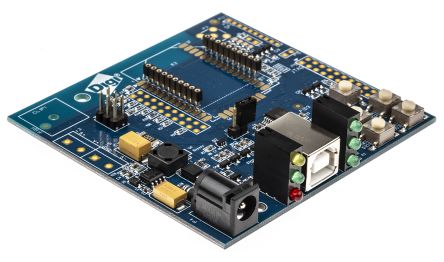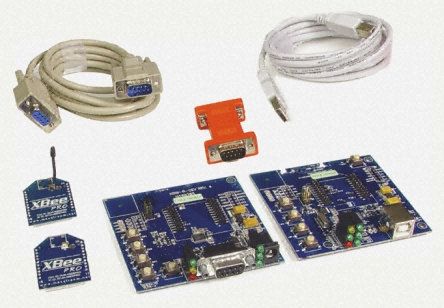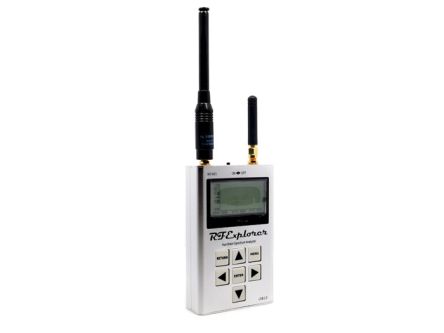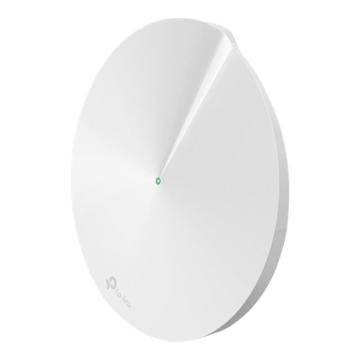TP-Link Deco M9 Plus Router Desktop
Deco is a simply way to guarantee a strong Wi-Fi signal in every corner of your home up to 4,500 square feet. Enjoy fast and secure Tri-Band Wi-Fi no matter how many devices you have. Deco M9 Plus connects and controls your smart home devices as a hub, no need for additional hub.\n\nDevice Type: Wireless router - mesh\nEnclosure Type: Desktop\nConnectivity Technology: Wireless, wired\nData Link Protocol: Ethernet, Fast Ethernet, Gigabit Ethernet, IEEE 802.11b, IEEE 802.11a, IEEE 802.11g, IEEE 802.11n, ZigBee, IEEE 802.11ac, Bluetooth 4.2\nFrequency Band: 2.4 GHz / 5 GHz\nData Transfer Rate: 2134 Mbps\nNetwork / Transport Protocol: PPPoE, DHCP, DDNS\nRouting Protocol: Static IP routing\nEncryption Algorithm: WPA-PSK, WPA2-PSK\nWi-Fi Rating: AC2200\nMesh Networking: Yes\nFeatures: IPv6 support, parental control, Access Point operational mode, Wi-Fi Multimedia (WMM) support, Quality of Service (QoS), DHCP server, port forwarding, reset button, IPv4 support, Stateful Packet Inspection Firewall (SPIF), dynamic IP mode, DHCP client, anti-virus protection, router mode, TP-Link Adaptive Routing Technology\nCompliant Standards: IEEE 802.11b, IEEE 802.11a, IEEE 802.11g, IEEE 802.11n, IEEE 802.11ac, FCC\n\nInterfaces: WAN / LAN: 2 x 1000Base-T - RJ-45, USB 2.0: 1 x 4 pin USB Type A\n\nAntenna: Internal\nAntenna Qty: 8\n\nPower Device: External power adapter\n\nCables Included: 1 x network cable\n\nOS Required: Android 4.3 or later, Apple iOS 8.0 or higher\n\nWidth: 14.4 cm\nDepth: 14.4 cm\nHeight: 6.4 cm\n\nService / Support: Limited warranty - 2 years\n\nMin Operating Temperature: 0 °C\nMax Operating Temperature: 40 °C\nHumidity Range Operating: 10 - 90\% (non-condensing)













